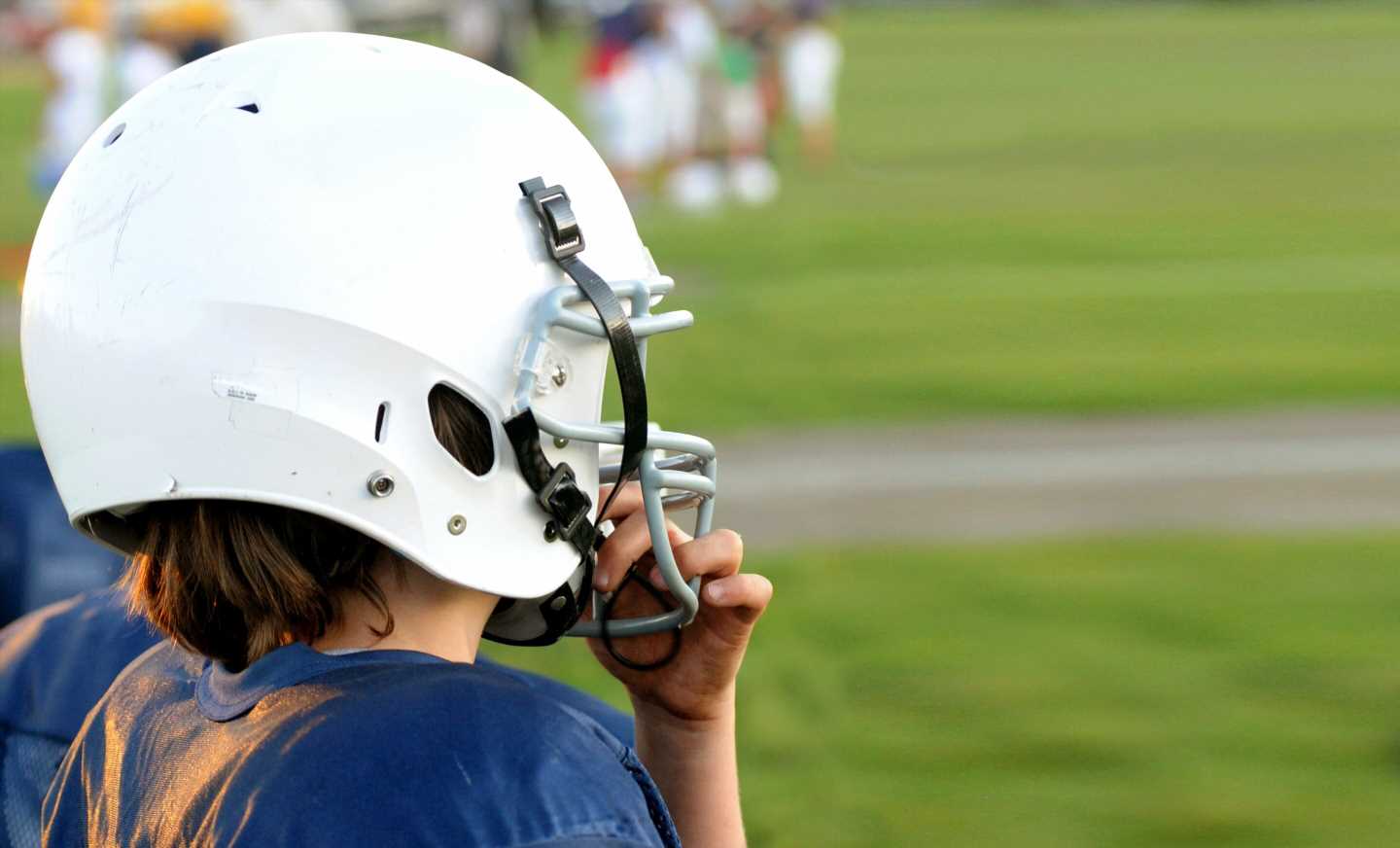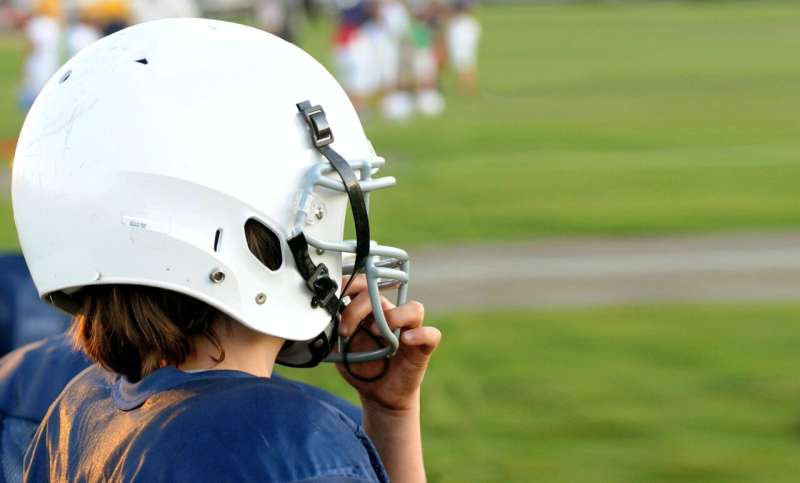

When a high school or college student consults a physician about a sport-related concussion, their age, severity of symptoms, number of previous concussions, and family history of psychiatric disorders predict whether they can be released to supervision by an athletic trainer or will need additional medical care, according to an article in the Clinical Journal of Sport Medicine.
“Broadly speaking, 85% to 90% of student athletes take 4 weeks or less to clinically recover from their concussion and require minimal medical intervention,” says Douglas P. Terry, Ph.D., a neuropsychologist at the Sport Concussion Center of Vanderbilt University in Nashville, TN. In many cases, he explains, a doctor says it’s all right for the athletic trainer at the student’s school to direct their return-to-play process. That typically involves a few days of rest followed by light activity, then moderate activity, then heavy non-contact activity, then a return to team practices, and finally a return to competition.
Other young athletes who sustain a concussion require multiple follow-up visits with medical professionals before they can resume playing their sport. Predicting which student athletes will need more prolonged care can be helpful to them and their families, and it can help healthcare systems avoid scheduling unnecessary follow-up appointments.
Study examined medical records and PCSS
To identify which players will need additional medical visits, Dr. Terry and colleagues looked back at the records of 524 patients at their clinic, 12 to 23 years old, whose school had an athletic trainer on staff. Of those, 236 (45%) patients were discharged to their trainer after their first examination at the clinic. The other 55% required additional clinic visits before being released to their trainer.
During their initial clinic visit, the patients had completed the Post-Concussion Symptom Scale (PCSS), a questionnaire where they rated each of 22 symptoms from 0 (not present) to 6 (severe). For patients who were discharged to their athletic trainer, the median score was 6; for patients who needed additional medical visits, the median score was 24.
Most important factors
In order of importance from greatest to least, four characteristics indicated a patient would need additional medical visits:
- One or more family members with a current or past psychiatric disorder
- One or more prior concussions
- A high score on the PCSS
- Younger age
Some other factors were studied but didn’t affect the need for follow-up care. Those were whether the patient went to an emergency room or urgent care center after the concussion, whether head imaging was performed, whether a family member currently or previously had migraines, and whether the patient currently or previously had migraines, a learning disability, or attention deficit hyperactivity disorder or another psychiatric disorder.
Source: Read Full Article